1973 Lamborghini Miura
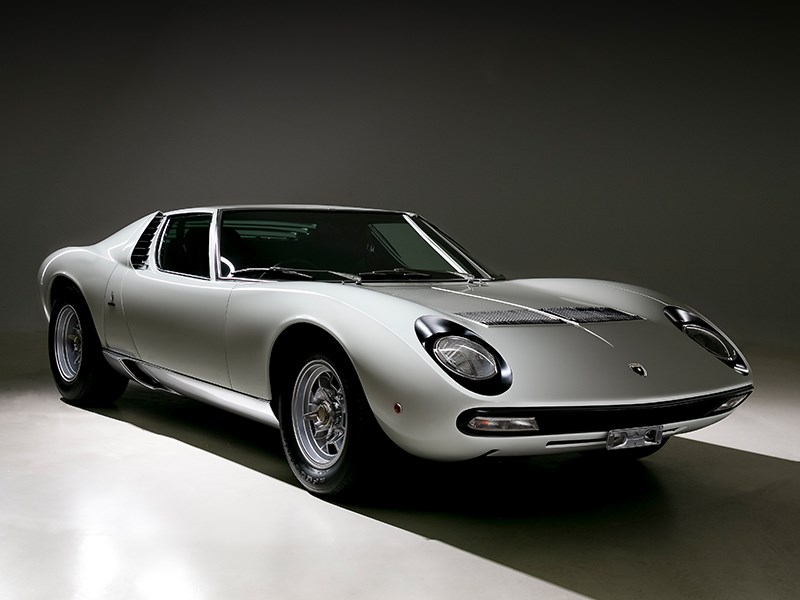

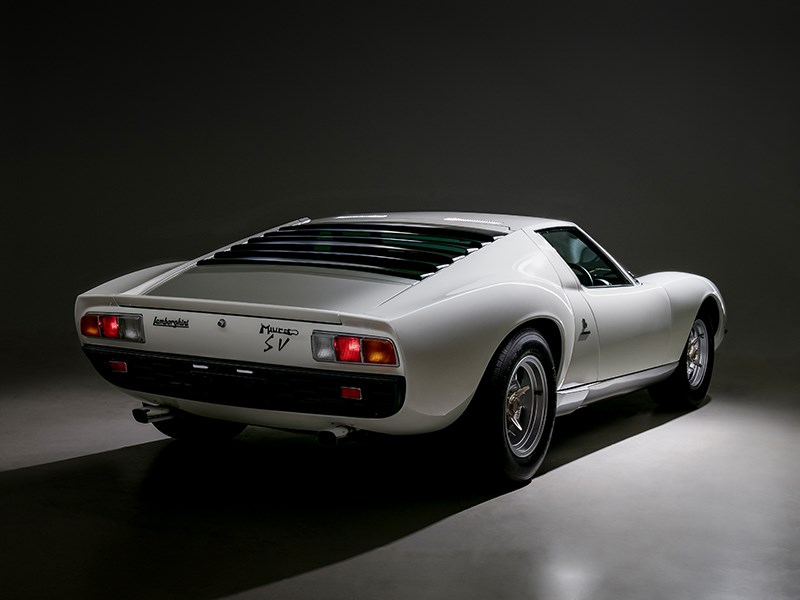

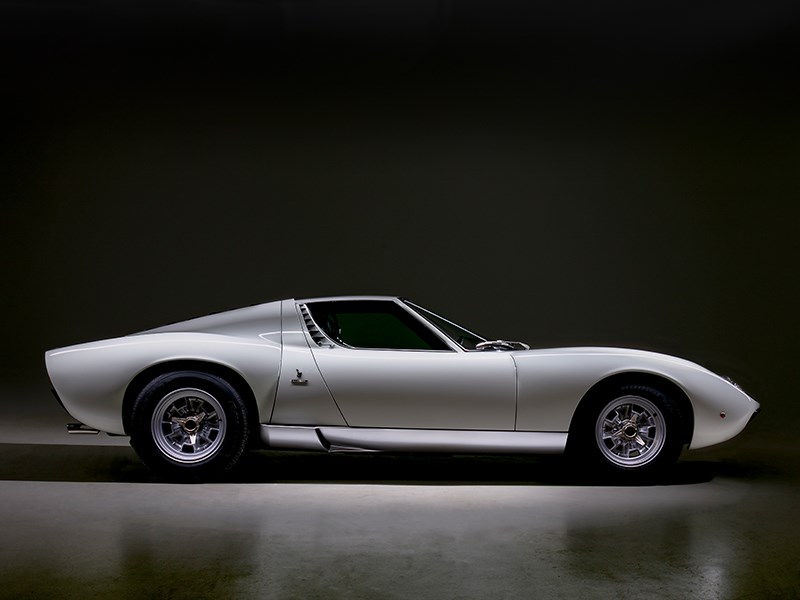

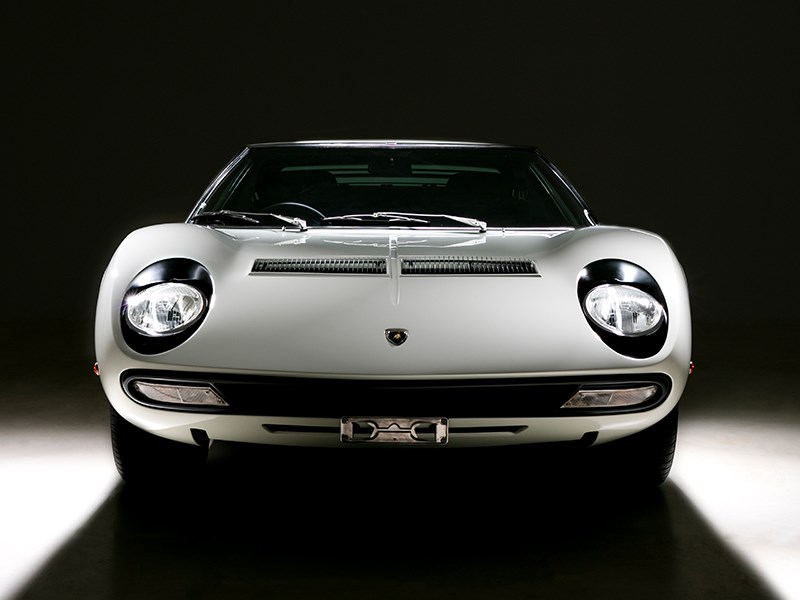

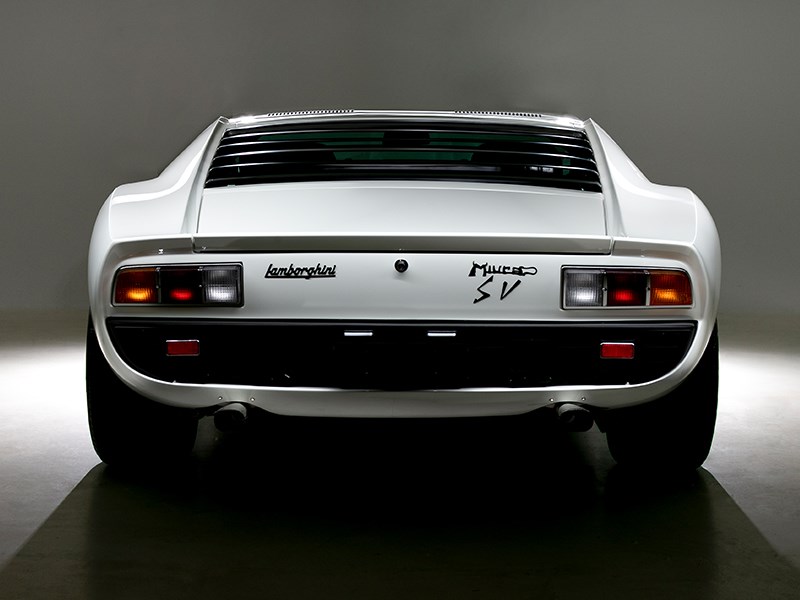

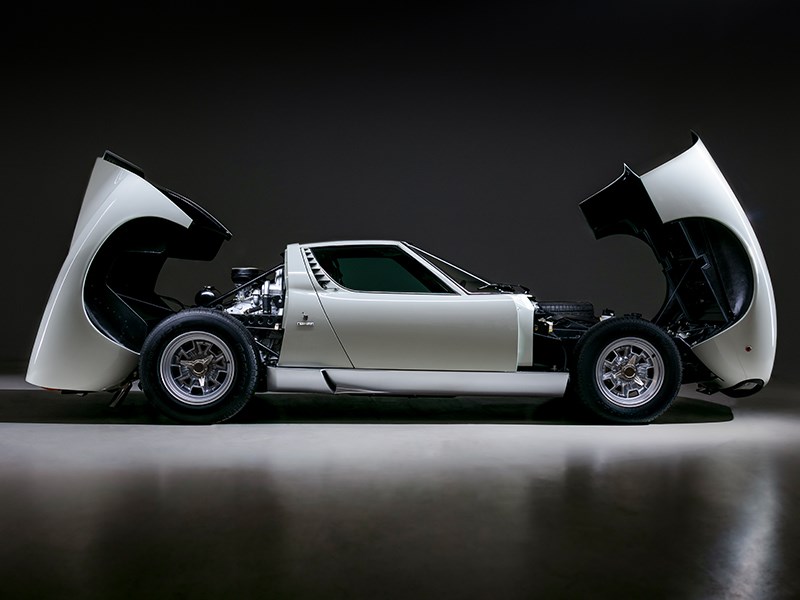

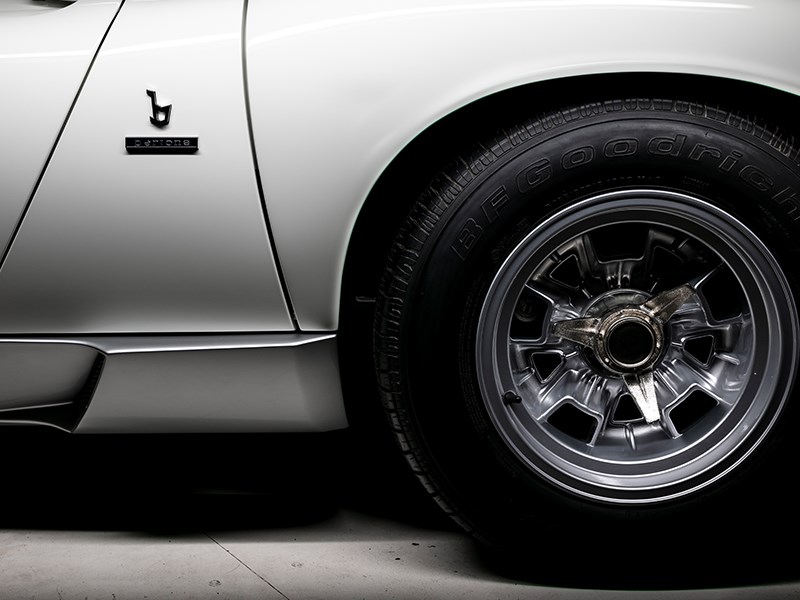

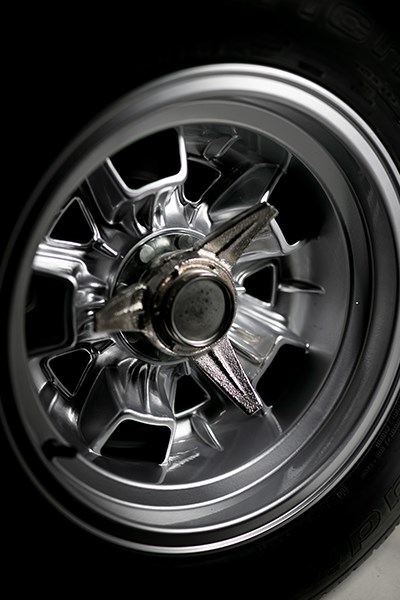

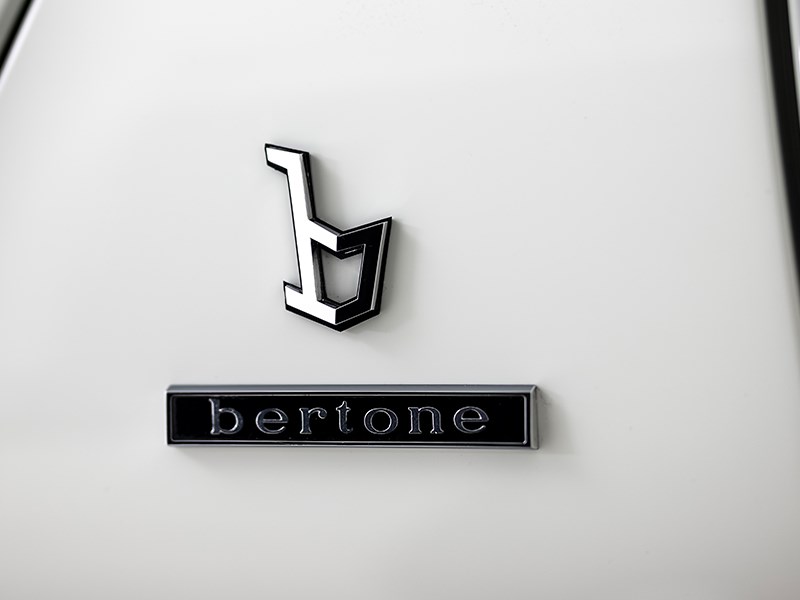

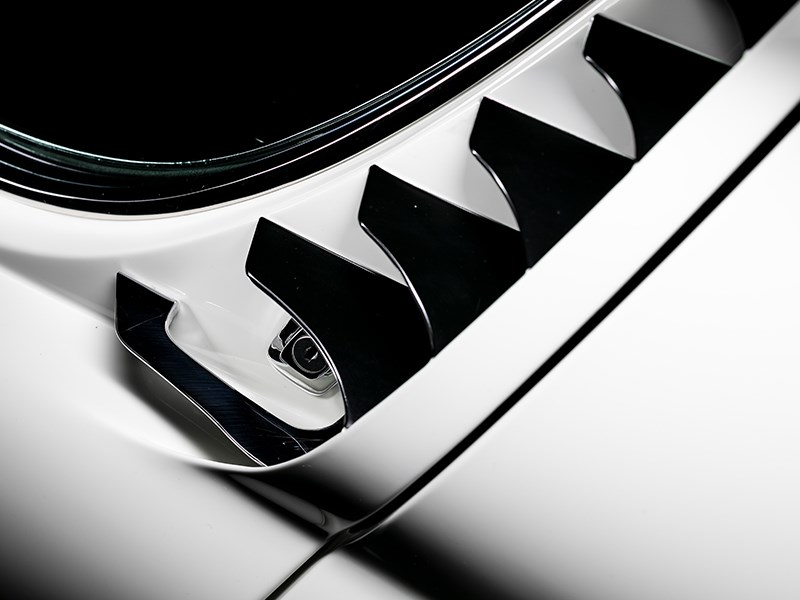


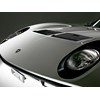
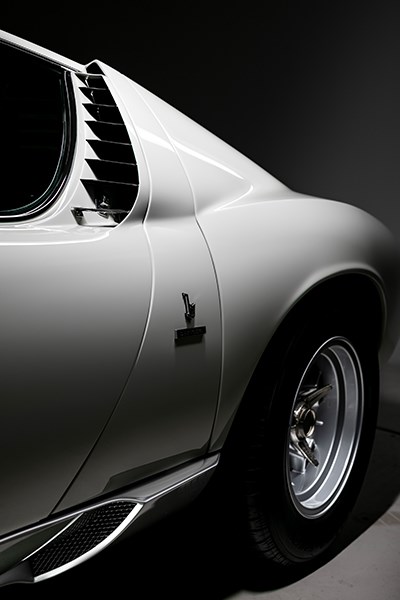

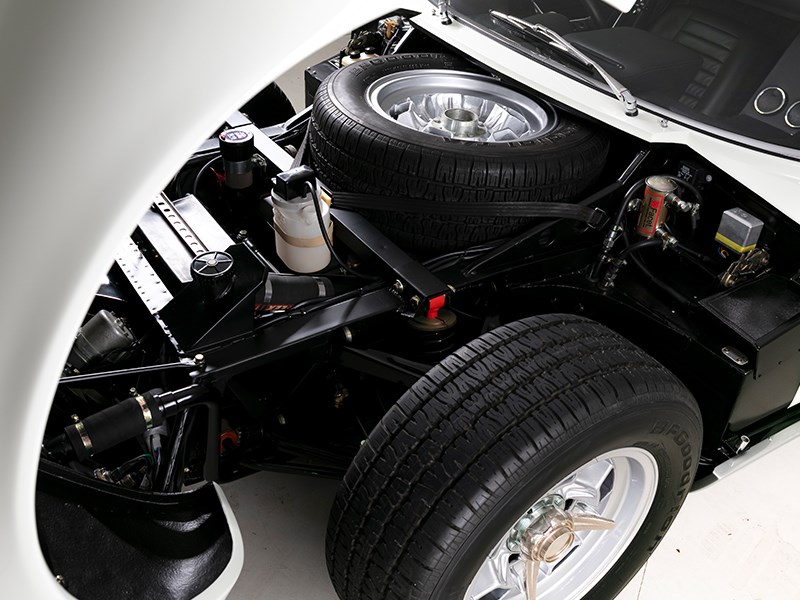


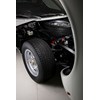
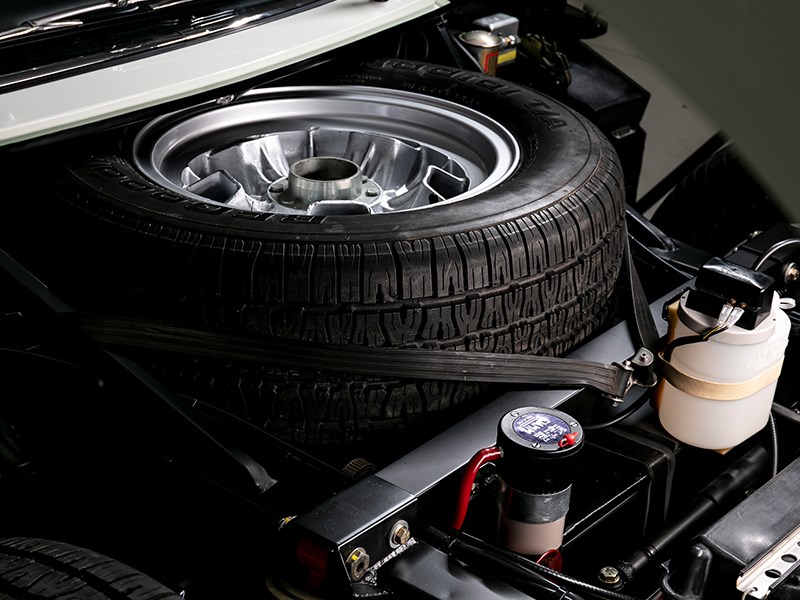


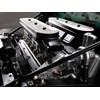


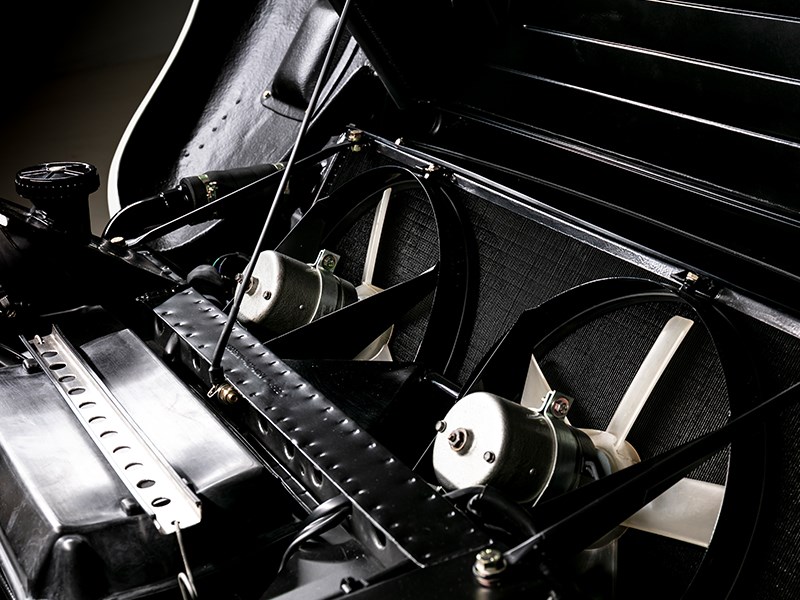


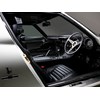

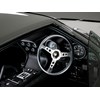
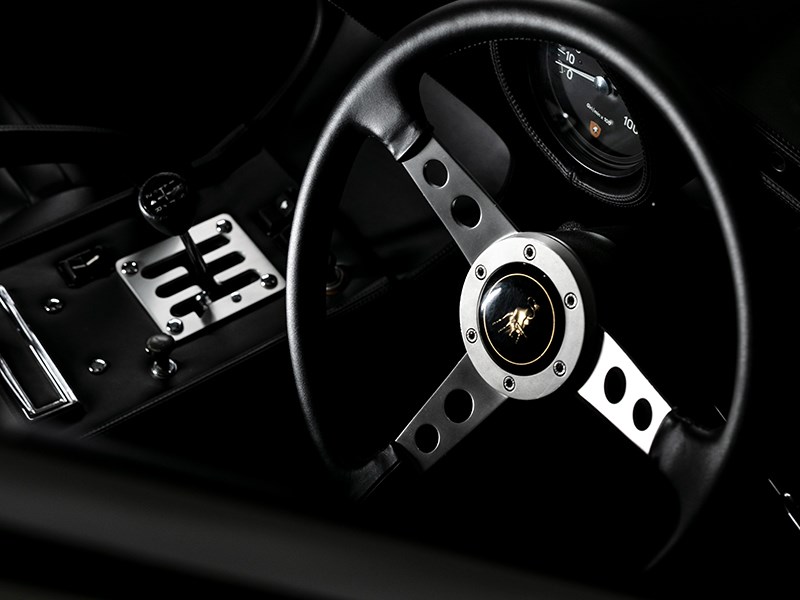



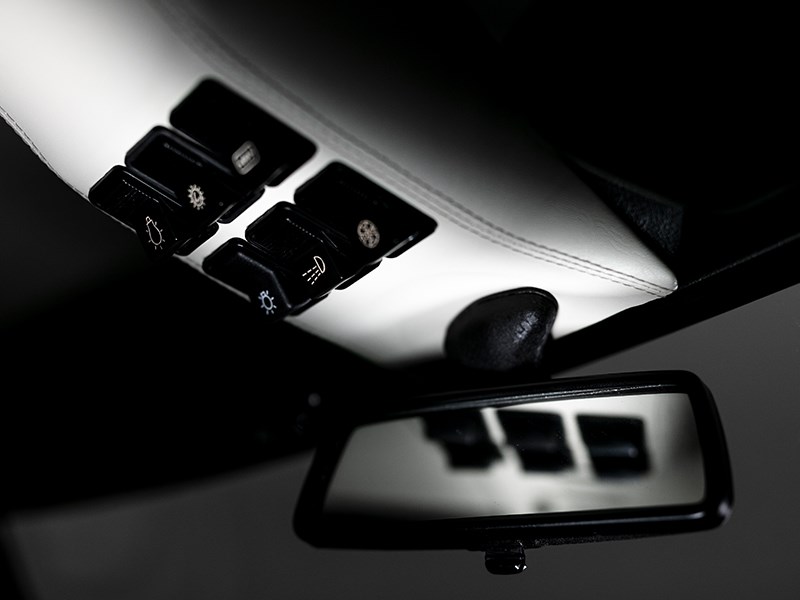


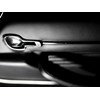
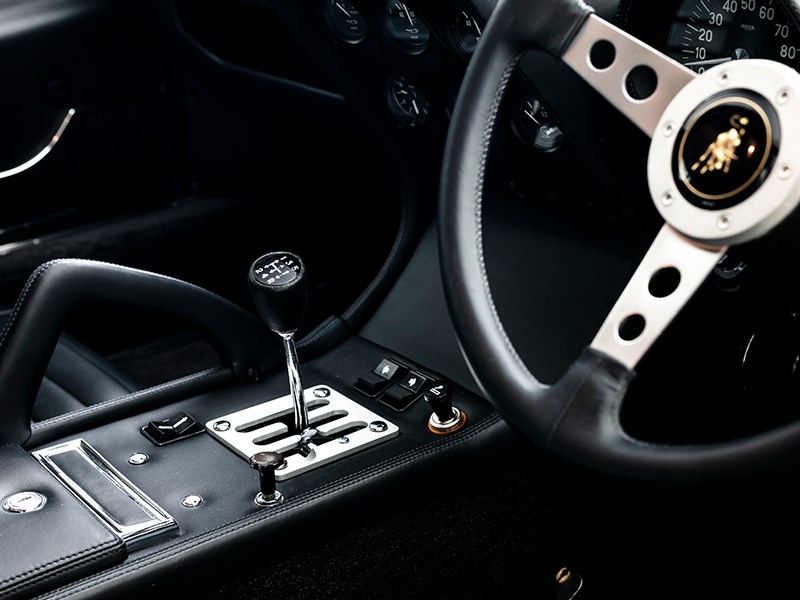



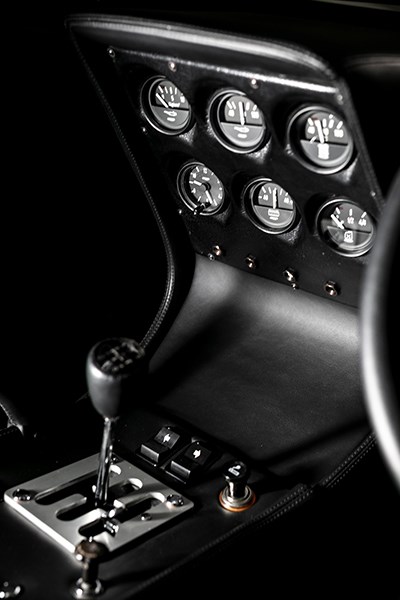

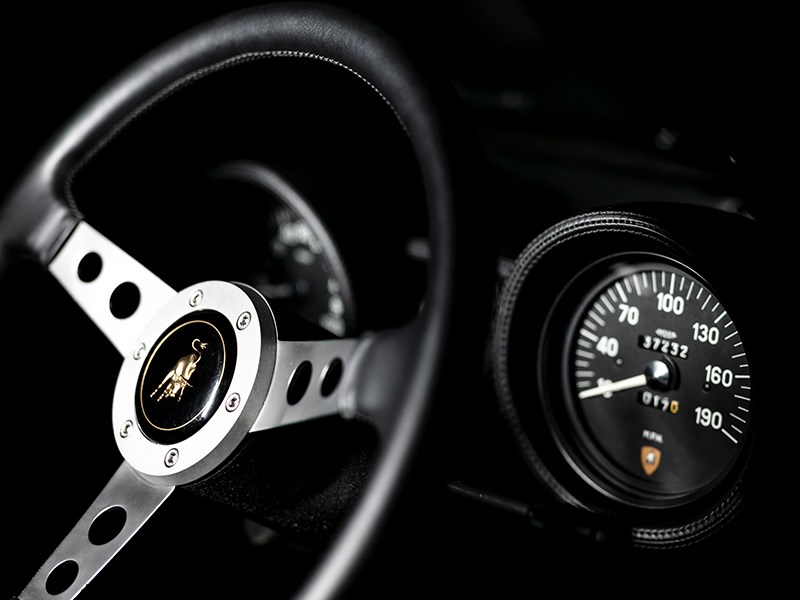


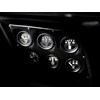
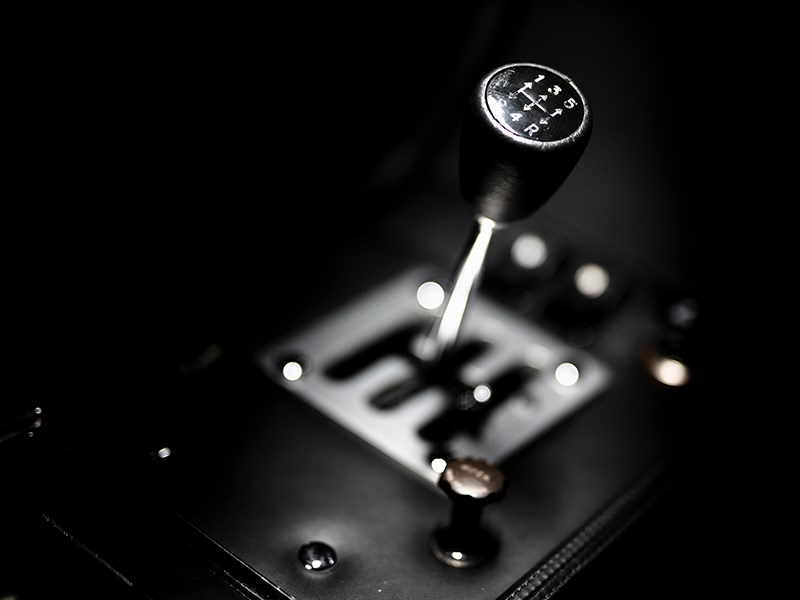


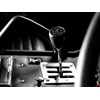

|

|

|

|

|

|

|

|

|

|

|

|

|

|

|

|

|

|

|

|

|

|

|

|

|

|

|

|

|

|

|
Miura the magnificent - building tractors let Ferruccio Lamborghini indulge his passion
(Restoration by Re-Creation Automotive, Melbourne)
In the opinion of no less an authority than the founder of Ferrari, Jaguar’s E-type was in its day the most beautiful car ever made.
Those words were spoken though before the opinionated Enzo was able to assess a string of later, equally involving automotive designs.
Some of Ferrari’s own products would have a hat in that ring. So too Porsche’s 917 Le Mans winner, Ford’s GT40 and from arch-rival Lamborghini, the devastating Miura P400.

The Miura turns more heads than any modern supercar
Forget about being 50 and fabulous. The Miura is headed for 60 and will still blast past a raft of current model ‘supercars’ with their 250km/h speed restrictors, then turn heads outside the most exclusive of European hotels.
Ferruccio Lamborghini didn’t set out to build the most desirable supercar of its era, perhaps of any era. His business was building tractors, at which he had done so well that he amassed sufficient wealth to buy a Ferrari.
| 2021 Market Review: Lamborghini 1972-2008

Beautiful body by Bertone
That car, according to Lamborghini lore, was far from perfect and the manufacturer far from helpful when dealing with complaints, so Lamborghini turned his talents to funding a car that would match and perhaps one day beat Ferrari at its own game. Fans of Ford and its Le Mans campaign may have heard a similar story.
Lamborghini’s early products were threats to pretty much no one. Up first in 1963 was a 350GT 2+2 with an angular, untidy body and insufficient power from its 3.5-litre V12 engine.
| Read next: The only existing Lamborghini Muira SVR receives in-house resto (2018)

The Miura turns more heads than any modern supercar
It was the style of car that Ferruccio preferred though and the kind he believed his own engineers and designers at Bertone, the styling house contracted to the company, should pursue. In 1967 he would fund a glass-sided, four-seat Marzal that stopped traffic at car shows, but it was an earlier two-seat design from Bertone stylist Marcello Gandini that became emblematic of the brand.
The P400 project evolved almost in secret and under the guidance of three engineering greats on Lamborghini’s development team. It was from the outset to be a two-seat, high-performance supercar; mid-engined in the mould of Ferrari’s 275LM and the Ford GT40.
Read next: The 'Italian Job' Muira discovered and restored after 50 years of anonymity (2019)
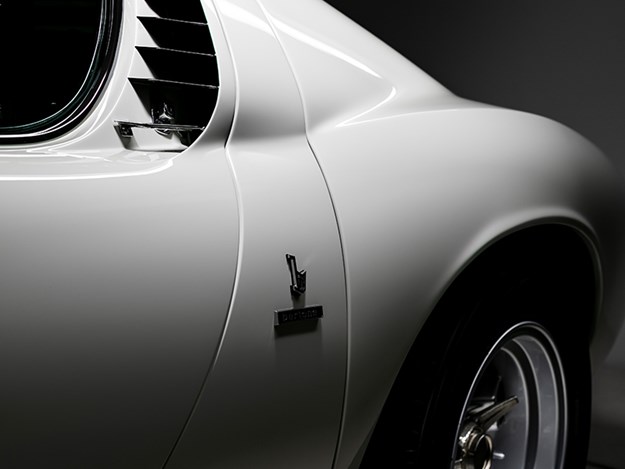
It would use an enlarged and more powerful version of Lamborghini’s V12, mounted transversely in a box-section chassis and directly behind the passenger compartment. Weight with a body fitted was 1293kg, with distribution a near perfect 46 rear/44 front.
Although yet to acquire a body, the P400 got the nod from the boss during 1965 and was displayed on Lamborghini’s stand at the Turin Motor Show as a simple rolling chassis.
Just months later, at the Geneva Show in March 1966, Gandini’s completed masterpiece was on display for all to admire. The car, finished in a strident shade of orange, appeared with its striking new body, the V12 and a trio of Weber carburettors, Cromodora alloy wheels and a lush interior, all ready for wealthy car lovers to buy. However, it still had no name and was tagged simply as the ‘P400 Prototype’.

Few automotive designs have been more perfectly proportioned than the Miura. None has looked more extraordinary from any angle. The Miura wheelbase was a skimpy 2504mm, the body 4390mm long and yet it looked just right. If there was a flaw – later corrected – it would be the narrow 1412mm track beneath a car 1760mm wide that teetered on 210HR-15 Pirelli tyres.
SV versions would bring a 1541mm rear track and wheels that measured nine inches across their rim face; two inches wider than those at the front. These Miuras were also granted the safety of VR-rated tyres and there were dual servo units for the all-disc braking system.
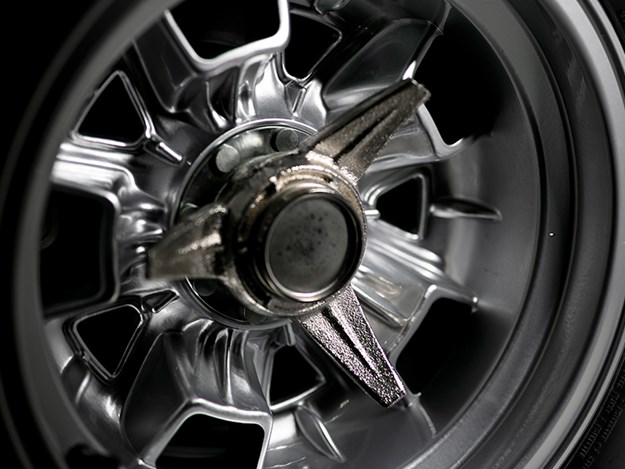
Not until early 1967 when the first cars entered production was a name urgently needed, and what better to overwhelm a Prancing Horse than a Fighting Bull? Ferruccio Lamborghini reportedly chose the name himself after visiting the Miura breeding property, famous for its line of combative bovines.
The first recorded delivery of a Miura occurred in April 1967, followed by construction of another 474 original specification cars. These used a 261kW version of the V12 and were claimed to reach 274km/h.

Production of the original model ended in 1969 when the Miura S was announced. This version offered 280kW of power and a 14km/h boost to top speed.
Finally in 1971 came the ultimate in production-spec Miuras; the SV. Just 150 SVs were built, outselling the previous S version by ten units but considered by Lamborghini authorities to be the ultimate accessible Miura.

12-cylinder soundtrack
For the first time in five years, the most evocative shape in the automotive world was changed, albeit only slightly. SVs are characterized by their wheel arch flares, made necessary by the move to a wider track and larger, lower profile tyres. Along with the extended rear came a reshaped nose with mesh grille and there were also new taillights. Power from higher compression engines reached 279kW, helping push Miura SVs to their magical top speed of 180mp/h (290km/h).
Miuras are and always will be rarities on Australian roads. A handful of early cars were delivered new to local owners in the late 1960s and others, including our featured SV, came later as private imports.

A tale which circulated in the industrial city of Newcastle during the early 1970s concerned a local owner and a bet which saw the car, on deserted early morning roads in pre-Freeway days, covering the 106 miles from Newcastle GPO to Sydney GPO in under an hour. The man who made the bet and was in the passenger seat during the journey reportedly elected to take the train home.
More famous was another orange-painted Miura that set the scene for the classic 1969 gold heist movie The Italian Job. It starred in the memorable opening sequence but not the later, horrific crash that used an already damaged car and not the good one.

Busy dash panel
Celebrities captivated by Miura mystique would include singers Frank Sinatra and Rod Stewart, car-crazy actor Peter Sellers and musician Miles Davis.
The Shah of Persia was one of several Middle Eastern rulers who owned one or more Miuras, however the Shah stands above them all for commissioning a one-off replica of the immensely rare Miura SVJ.

Check out the speedo numbers
That car saw minimal use during its time in the Royal garage and eventually returned to Europe where it was bought at a Geneva auction in 1997 by actor Nicholas Cage, who would later portray a car thief in Gone In 60 Seconds. No Miuras were harmed in the making of this film.
From a production total of 765 Miuras, around 400 are believed to survive. However, with icons like the actual car from The Italian Job being rediscovered during the past decade, a fair chance exists that others will emerge.
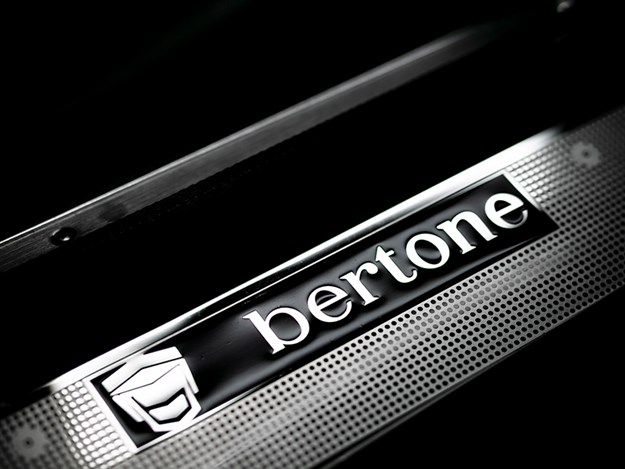
1973 Lamborghini Muira specs
NUMBER BUILT: 765
BODY: Two door coupe
ENGINE: 3929cc V12 with overhead camshafts and triple carburettors
POWER & TORQUE: 261-278kW @ 7000rpm, 367Nm @5400rpm
PERFORMANCE: 0-100km/h 5.2 seconds 0-400 metres 13.9 seconds (Miura S)
TRANSMISSION: Five speed manual
SUSPENSION: Independent with coil springs (f) independent with coil springs (r).
BRAKES: Disc (f) disc (r) power assisted
From Unique Cars #470, Sep/Oct 2022
Unique Cars magazine Value Guides
Sell your car for free right here
Get your monthly fix of news, reviews and stories on the greatest cars and minds in the automotive world.
Subscribe

.jpg)










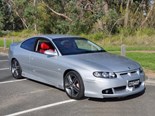

.jpg)

